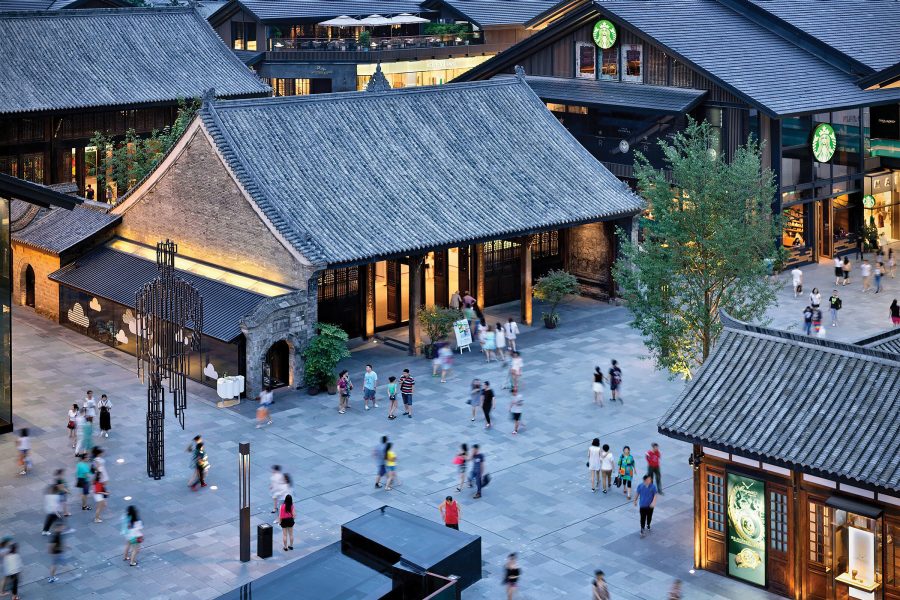Chengdu might be better known today for its pandas and spicy food, but historically, it was a vital centre of commerce. During the Tang dynasty (618-907CE), the city became the starting point of the Tea Horse Road. It was along this fabled route that locally produced tea, salt and silk were caravanned west to Tibet in exchange for horses. Silks also travelled north to Xi’an, joining the Silk Road.
By the Song dynasty (960-1279CE), though, Chengdu had evolved into a shopping destination, hosting monthly fairs themed by the seasons. Much has changed since then, but Chengdu remains one of the Chinese Mainland’s most dynamic cities.
Whether you’re looking for edgy streetwear inspired by the city’s hip hop scene or timeless handcrafted goods, such as lacquerware and bamboo art, Chengdu’s shopping is as diverse as its history.
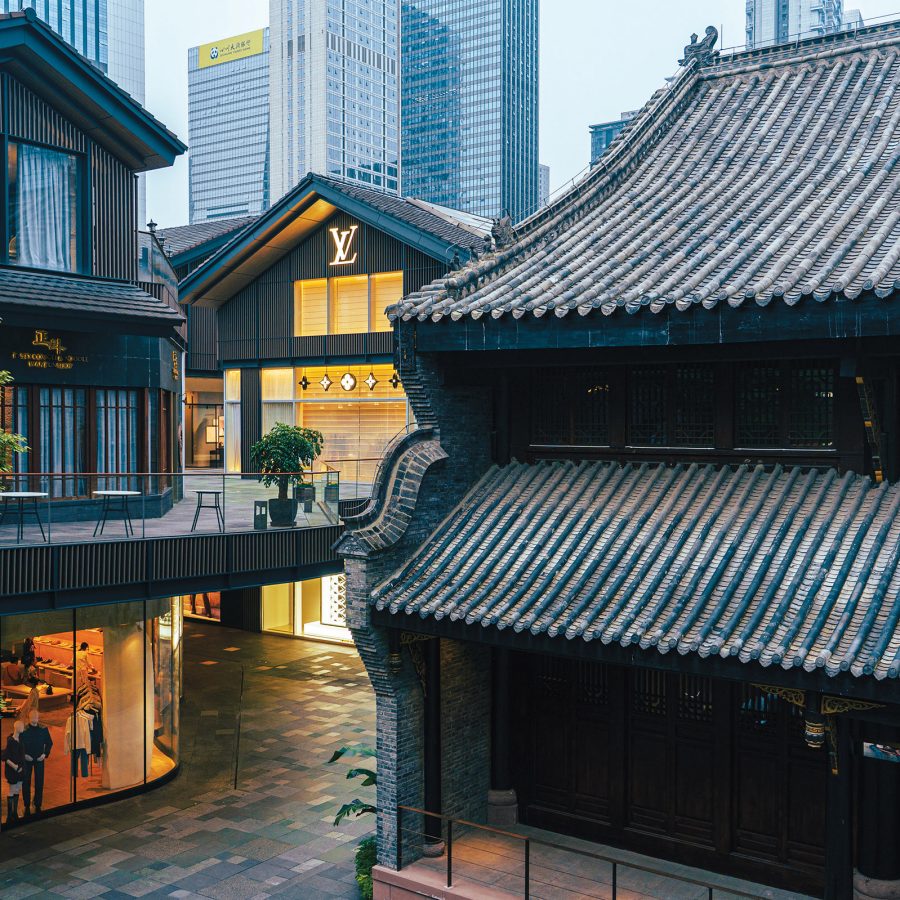
1. Taikoo Li
In this city of skyscrapers, Taikoo Li offers a refreshing contrast. This open-air shopping district is built around the historic Daci Temple, with low-rise buildings inspired by early 20th-century architecture. You’ll find international luxury fashion houses like Chanel, Hermès and Cartier here, alongside standout Chinese brands. Don’t miss Zhuyeqing, which specialises in loose-leaf green tea from Sichuan’s Mount Emei – and yes, you can sample before you buy.
Shamao Street, Jinjiang District
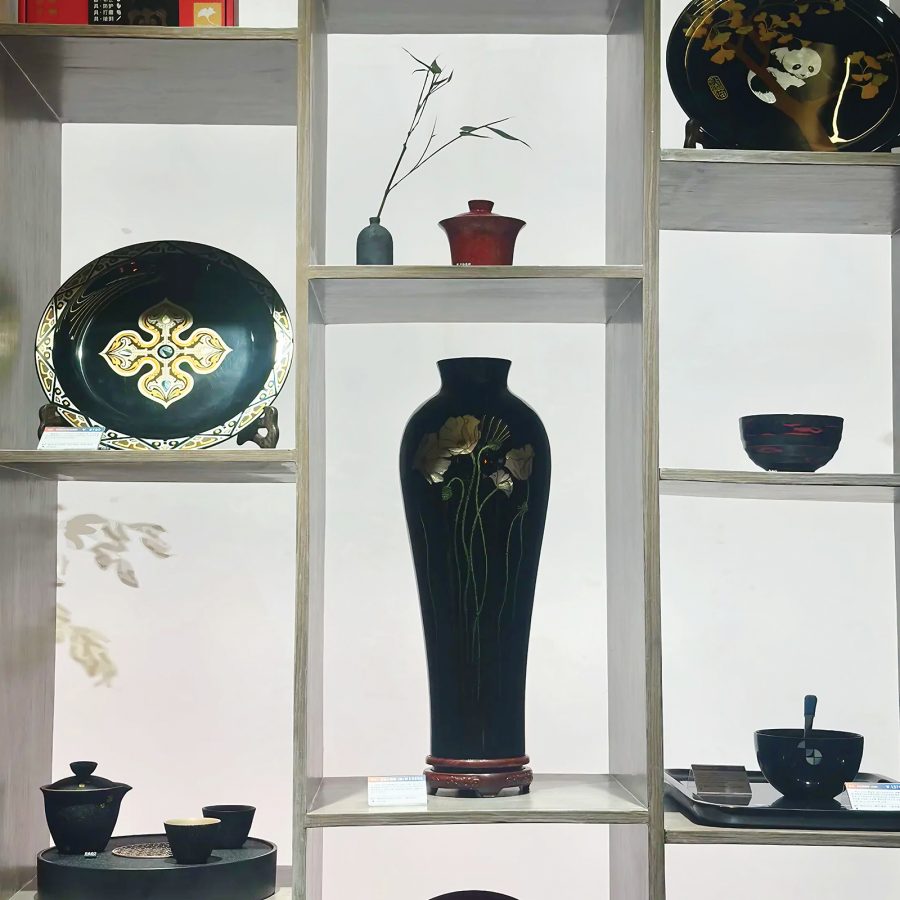

2. Chengdu Qiqi Shenghuo Tiyan Guan
Qiqi, or lacquerware, has been produced in and around Chengdu for over a thousand years. Today, only the Chengdu Lacquerware Factory remains in operation. You can explore its handmade creations at the Chengdu Qiqi Shenghuo Tiyan Guan, a café and shop at the edge of Kuanzhai Alley.
Choose from smaller items, including jewellery and combs, or larger display pieces featuring hand-painted patterns or carved inlays. As lacquerware is so time-consuming and labour-intensive to produce, the shop only ever carries a small selection. However, made-to-order items are available.
Shop 16, 1/F, Building 1, 39 Kuan Xiangzi, Qingyang District
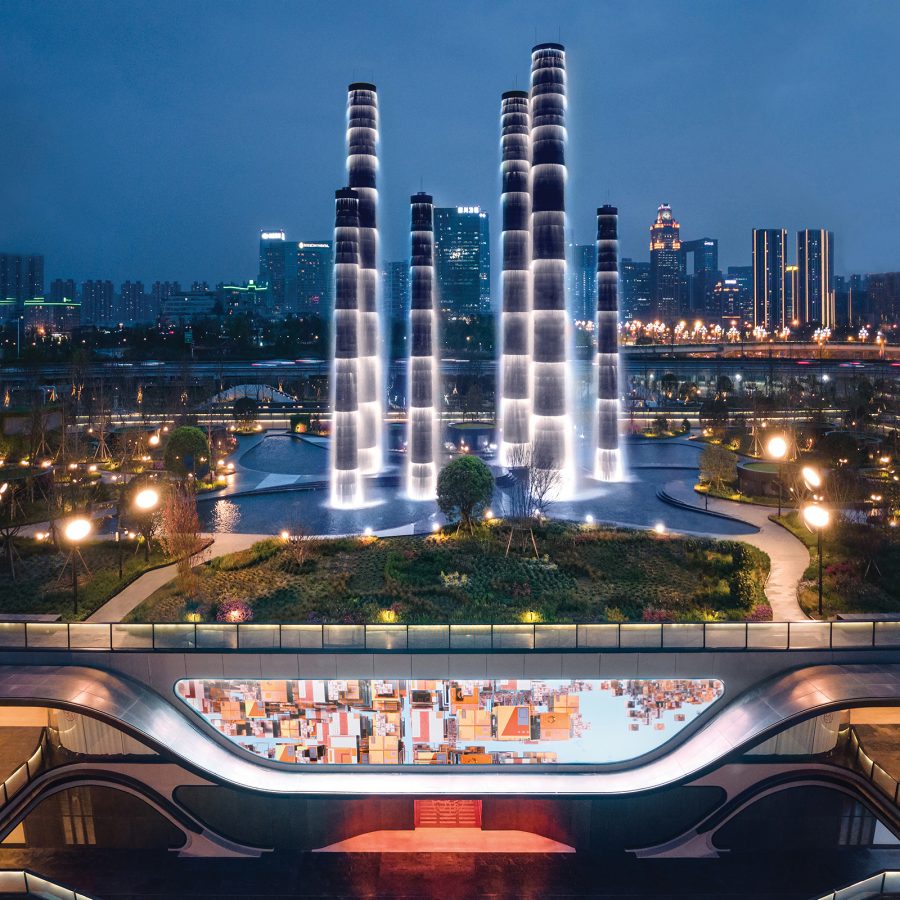

3. SKP Chengdu
One of the newest additions to Chengdu’s shopping scene is SKP, located opposite the Global Center. At first glance, it looks just like a park from street level – easy to miss until you approach the entrance and see shopping lanes stretching below. Enormous contemporary art installations are scattered throughout, making shopping at the likes of Louis Vuitton or De Beers feel more like visiting a gallery.
2001 Tianfu Avenue North Section, Wuhou District
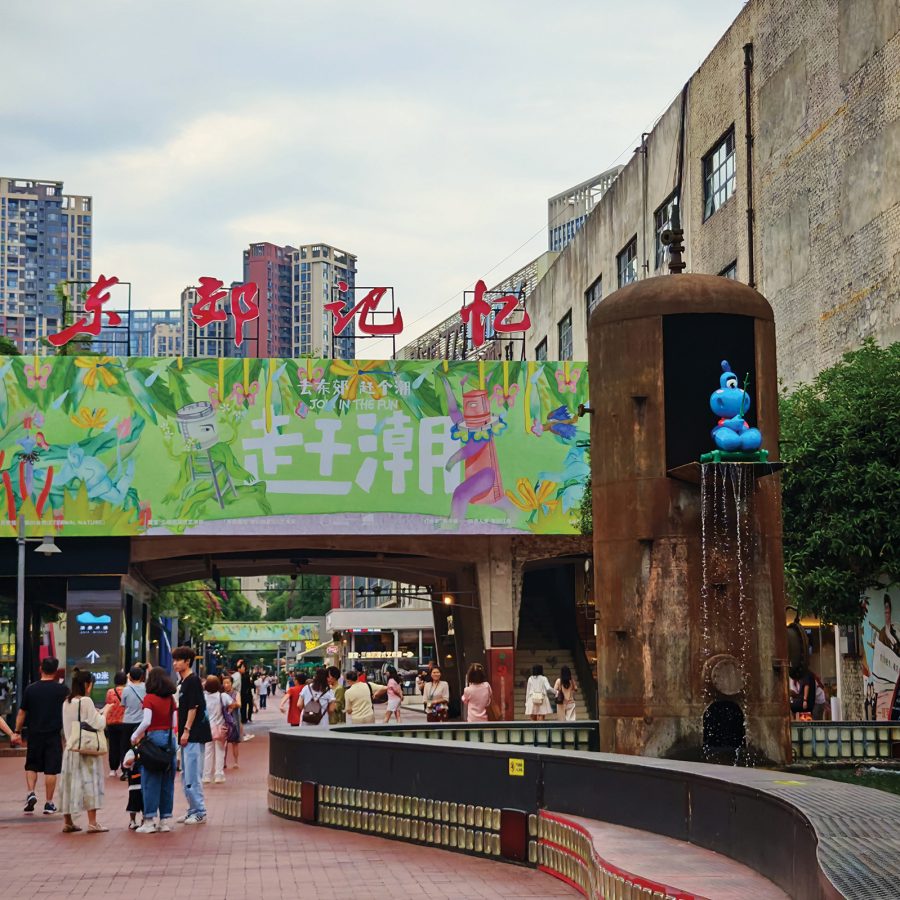
Credit: Qin
4. Dong Jiao Ji Yi (Eastern Suburb Memory)
Dong Jiao Ji Yi is a music, fashion and arts district built on the site of a disused factory. Many retailers here focus on hip hop fashion, with entire stores dedicated to outlandish trainers or oversized T-shirts featuring striking prints. Look out for No. 7 Back Street, which sits at the edge of the district. It’s home to a handful of hole-in-the-wall boutiques stocked with jewellery, artwork and more from independent designers.
1 Jianshe South Branch Road, Tiaodenghe Street, Chenghua District
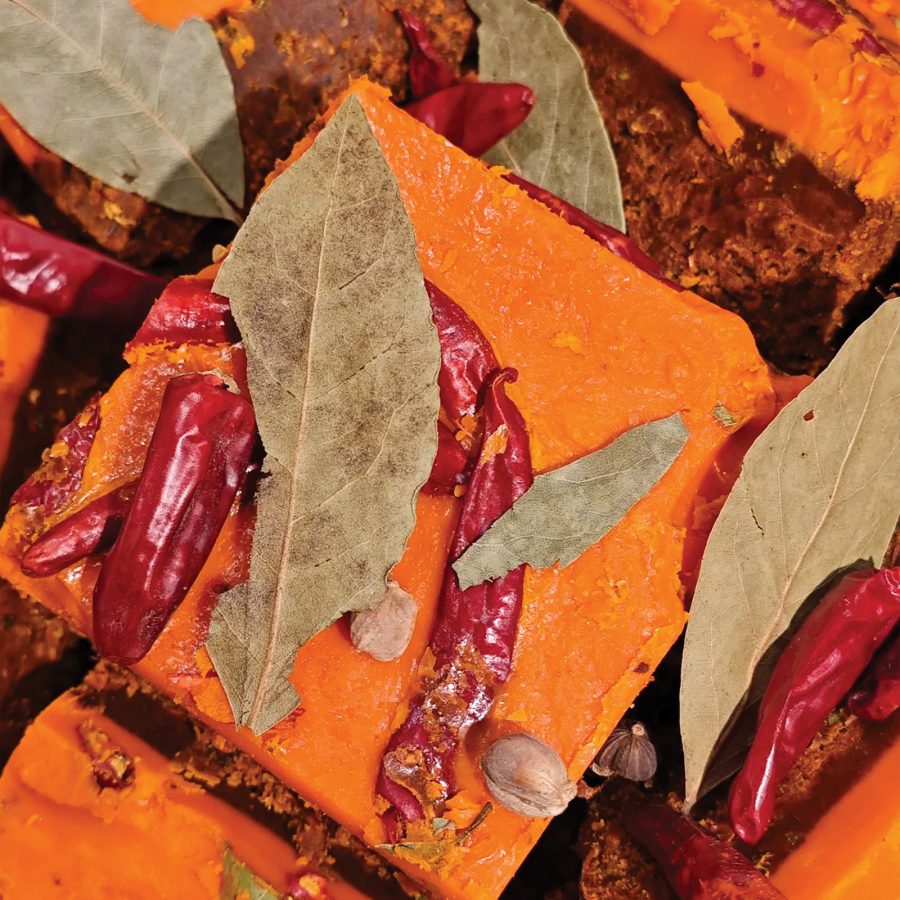
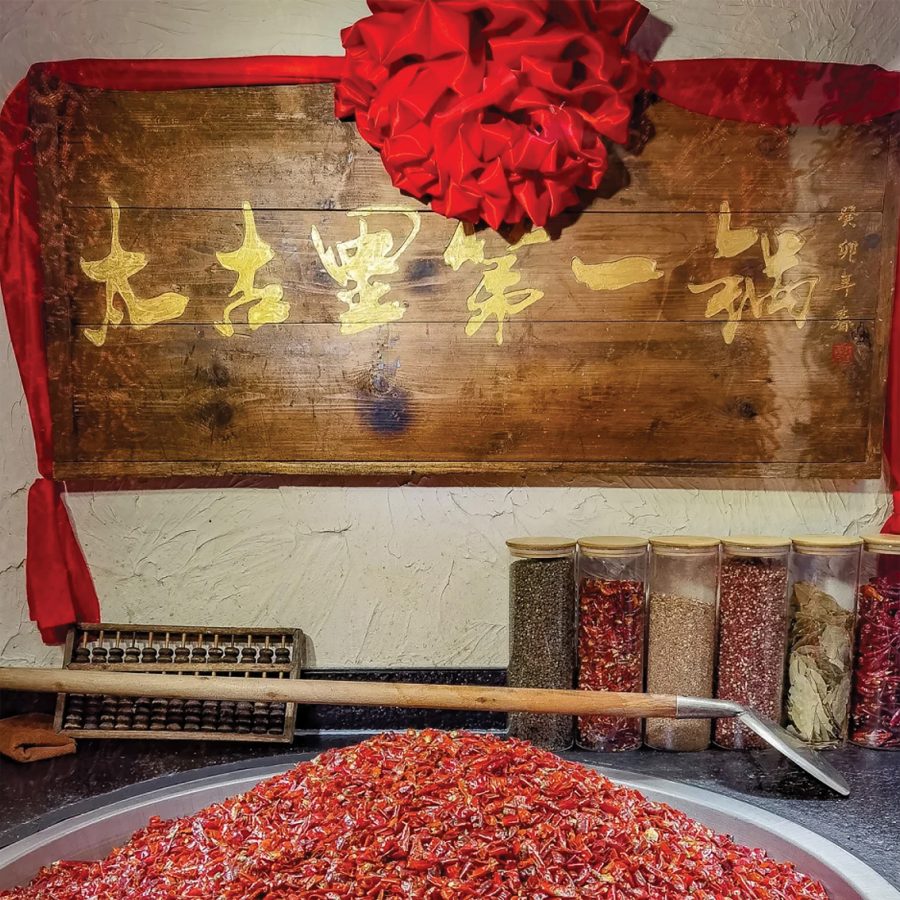
5. Jia Ling Ma Tou (Jialing Wharf)
Hotpot restaurants are ubiquitous in Chengdu. If you want to take some of that richly aromatic and addictively spicy flavour home, ask at a restaurant you like – larger ones often sell packaged soup bases. A good alternative is Jia Ling Ma Tou, a small chain near the historic shopping district of Chunxi Road, which sells chunks of hotpot soup base that you can get cut to size. (Note that most soup bases will contain beef tallow, which may be a prohibited import, depending on your final destination.) As a bonus, the shop also sells a range of hotpot-flavoured snacks.
Block B, First City, No. 10, Section 3, Hongxing Road, Jinjiang District
6. Wuhouci Heng Street
Chengdu is home to a significant Tibetan community, many of whom live around Southwest Minzu University, just south of Wuhou Memorial Temple. There are Tibetan-owned shops everywhere in this area, but a good place to start is Wuhouci Heng Street, one of the main roads in the neighbourhood. You’ll find everything from shops selling traditional clothes and accessories to items of worship and musical instruments being sold here. Visit in the afternoon, as some shops open later in the day.
Wuhouci Heng Street, Wuhou District

7. Liu Shi Zhu Bian (Liu’s Bamboo Weaving)
In China, bamboo weaving has been a cherished craft for thousands of years, traditionally used to create everyday household items. While the technique still lends itself to rustic baskets and simple fans, it’s increasingly being embraced as a form of artistic expression. At Liu’s Bamboo Weaving near Wenshu Monastery, you can explore this evolution first-hand. The shop blends age-old craftsmanship with modern design, showcasing elegant pieces, such as teacups and vases wrapped in intricately woven bamboo.
1 Wenshuyuan Street, Qingyang District
More inspiration
Chengdu travel information
- China – the Chinese Mainland, Hong Kong SAR, Macao SAR and Taiwan Region
- Hong Kong SAR - English
- Chinese Mainland (China) - English
- Taiwan, China - English
- 香港特別行政區 - 繁體中文
- 中国內地 - 简体中文
- 中國台灣 - 繁體中文
- Africa
- South Africa - English
- Asia
- Bangladesh - English
- Korea - English
- Singapore - English
- Cambodia - English
- 한국 - 한국어
- Sri Lanka - English
- India - English
- Malaysia - English
- Thailand - English
- Indonesia - English
- Maldives - English
- ประเทศไทย - ภาษาไทย
- Indonesia - Bahasa Indonesia
- Myanmar - English
- Vietnam - English
- Japan - English
- Nepal - English
- Việt Nam - tiếng Việt
- 日本 - 日本語
- Philippines - English
- Australasia
- Australia - English
- New Zealand - English
